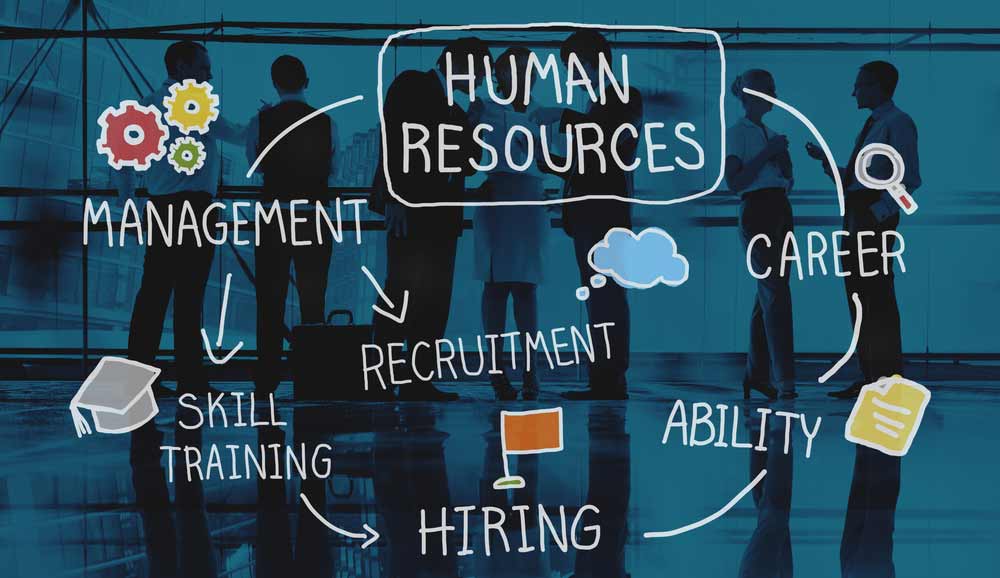Employee engagement is rapidly becoming one of the most important indicators of job satisfaction. Employees nowadays want more than just a 9-to-5 job. They want to be involved in their work, passionate about the organization for which they work, and dedicated to their coworkers.
Employee engagement has been defined by academic researchers as "the harnessing of organization members' selves to their work roles." During role performances, people employ and express themselves physically, cognitively, and emotionally. (Kahn,1990).
Shaw (2005) defined Employee engagement is defined as the transformation of employee potential into employee performance and business accomplishment. This entails altering how employees perform by utilizing the tools in the arsenal of internal communication professionals.
Employee engagement is defined as employees' dedication,
passion, and commitment, as well as effective leadership skills with top
management commitment. Human resource leadership involves employees believing
in their company and expanding that positive morale throughout the organization. Ambler (2007) has listed 10 C’s of employee engagement and that
can be summarized as follows.
Figure 1 : 10 C's of employee engagement (Source : Online)
Connect: Leaders should always demonstrate and communicate their appreciation for their employees. Employee engagement will only occur if employees have a positive and strong relationship with their boss. Employee engagement will not occur if they have a bad view toward their boss or believe that the boss has a negative attitude toward them.
Career: Management and leaders should provide their employees with work that is both challenging and meaningful. They should also provide opportunities for advancement in one's career. Most people enjoy the prospect of a new challenge or job title. Management, for example, should set goals that lead to career advancement and high rewards. If such opportunities do not exist for some people,
Clarity: Leaders must communicate a clear vision to their followers. Communication is essential in any relationship. The more clear a leader or manager is about what they want from an employee as well as the big picture of how that job affects the company, the better. If 11 employee does not have a real direction of not only their job but also the company's goal and the big picture, there will be problems.
Communicate: Leaders must clarify their expectations of employees and provide constructive feedback on how they are performing in the organization and how this fits into the overall picture of the company.
Congratulate: Always make an effort to recognize an employee for a job well done. Too often, management and leaders focus on an employee's flaws and mistakes and fail to congratulate them.
Contribute: Leaders must make their employees feel valued. An employee will be much more engaged if their manager solicits their feedback on a job or function of the company. Allow employees to feel as if they are contributing to the company's success and future.
Control: Employees require and appreciate control over the flow and pace of their jobs. Employees can exercise this control if leaders provide opportunities for them to do so. A sense of "being in on things" and being given opportunities to participate in decision-making minimize energy; it also fosters trust and a culture in which people want to take ownership of problems and their solutions.
Collaborate: Employees who work in groups usually have the trust and
cooperation of their coworkers. These individuals will be better employees
overall, outperforming individuals and teams who lack trust and strength in
work relationships. Team builders become great leaders because they bring
everyone together and create a good team that trusts one another. Creating a
Team.
Credibility: Leaders must always strive to uphold a company's reputation and uphold high ethical standards. There is no order in the company when there is a lack of credibility or when it is revealed that a leader has been involved in some shady business. Employees and clients will lose faith in that manager, and the company's image will suffer as a result.
Confidence: By setting an example of high ethical and performance standards, great leaders help to create and spread confidence throughout their organization. Employees will strive to be like their leader if they see him or her as confident and ethical.
Key points
It can therefore be concluded that organizations need to take care of their employees from day one to help build EE levels and it should be a continuous process followed at every aspect of management.
References:
Ambler, G. (2007).
The Ten C’s of Employee Engagement. The Practice of Leadership. Available at :
Www.thepracticeofleadership.net. Accessed 2 Aug. 2023.
Kahn, W.A. (1990).
“Psychological Conditions of Personal Engagement and Disengagement at Work”,
Academy of Management Journal, 33(4). Accessed 2 Aug. 2023.
Shaw, K. (2005).
Employee Engagement: How to Build a High-Performance Workforce, Chicago, IL:
Melcrum Publishing Limited. Accessed 2 Aug. 2023.


















